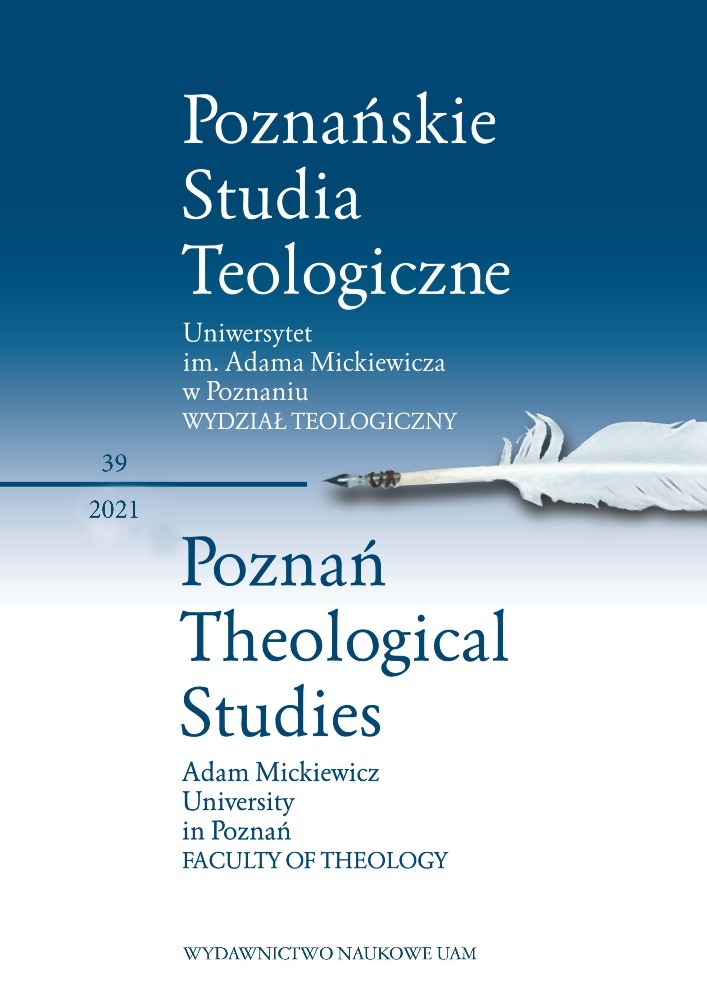Résumé
In Cameroon we are dealing with three types of marriage: traditional, universally practiced marriage; civil marriage, required by state law before entering into a religious marriage; and, finally, sacramental marriage. Most widespread is the traditional form of contracting marriage. This article will present this particular form, referring to Gidar traditions and also showing its similarities to, and differences from, the Christian tradition brought by the missionaries. It will also propose solutions which combine the two traditions.
A characteristic feature of marriage rites was their multi-stage nature. They were not single acts but events long prepared and celebrated with suitable gestures, symbols, words, and events. The individual, successive stages of “taking a wife” consisted of the choice of a spouse, accepted by both families; an engagement period; an act by both families of acknowledgement of the joining of the young persons as one in marriage; the conveying of the bride to her husband’s home; celebrating; and paying the matrimonial fee.
The Church in northern Cameroon recognized traditional marriages contracted outside of baptism as valid and licit, provided that local principles, e.g., payment of a marriage fee, were taken into account. If either of the parties accepted baptism, the marriage became for him or her sacramental.
If the other party also made the same decision later on, their union took on a sacramental character, without a need to renew the marriage vows. Controversy would however arise if attempts were made to contract a traditional marriage if one party was [already] baptized, or if both parties were baptized. These controversies mainly concerned the unity, indissolubility, and sacramentality of marriage.
Références
Bernhard J., Le nouveau droit matrimonial, „Concilium” (1986) 205, pp. 67-106.
Bouba L., Mariage coutumier Guidar ou Kada et exigenes du mariage chrétien. Memoire de fin d’études de Grand Séminaire, [ms] Maroua 1991.
Bouchard J.C., La famille chrétienne dans le monde d’aujourd’hui. Compte-rendu du Synode des Évêques 1980 pour les communautés chrétiennes du Tchad, Moundou 1981.
Bujo B., Plea for change of models for marriage, Nairobi 2009.
Code of Canon Law, Annotated, eds. E. Caparros, M. Theriault, J. Thorn, Montreal 1993.
Collard C., Du bon ordre des enfants. Etude sur la germanité guidar, “Anthropologie et Société” 4 (1980) 2, pp. 39-64.
Collard C., La société guidar du Nord-Cameroun. Compte rendu de mission, “L’homme – Revue Française d’Anthropologie” 11 (1971) 4, pp. 91-95.
Collard C., Les „noms-numéros” chez les Guidar, “L’homme – Revue Française d’Anthropologie” 13 (1973) 3, pp. 45-59.
Collard C., Organisation sociale des Guidar ou Baynawa (Cameroun septentrional), [mps] Paris–Nanterre 1977.
Draman O.L., Symbolisme religieux dans l’ethnie Ngambay. Approche culturelle de la religion, [ms] Ottawa 1975.
Əmanman Meleketeni. Nouveau Testament, guidar. Traduction, rédaction et révision linguistique: L. Bouba, T. Doulaneni, W. Kozioł, J. Maingle, M. Oumarou, J. Różański, K. Zielenda, Pelplin 2008.
Enquete sur la coutume relative au mariage [in:] Rapport de stage de pastorale, Fort-Archambault, 20 juin-10 juillet 1971, Fort-Archambault 1971, pp. 44-50.
Frajzyngier Z., A Grammar of Gidar, Frankfurt am Main 2008.
John Paul II, Familiaris consortio, https://www.vatican.va/content/john-paul-ii/en/apost_exhortations/documents/hf_jp-ii_exh_19811122_familiaris-consortio.html [accessed 10.20.2021].
John Paul II, Ecclesia in Africa, https://www.vatican.va/content/john-paul-ii/en/apost_exhortations/documents/hf_jp-ii_exh_14091995_ecclesia-in-africa.html [accessed 10.10.2021].
Kisembo B., Magesa L., Shorter A., African Christian marriage, Nairobi 2015.
Kozioł W., Manglé J., Grammaire guidar, [ms] Figuil 1993.
Kurek, A., Wierzenia i obrzędy Gidarów, ludu północnokameruńskiego. Studium historyczno-hermeneutyczne, Warszawa 1988.
Lestringant J., Le pays de Guider au Cameroun. Essai d’histoire régionale, Versailles [s.e.] 1964.
Maquet J., Mariage [in:] Balandier G., Maquet J., Alexandre P., Balfet H., Condominas G., et al., Dictionnaire des civilisations africaines, Paris 1968, pp. 263-264.
Mulago Gwa Cikala V., Mariage traditionnel africain et mariage chrétien, Kinshasa 1991.
Philippe A., Le mariage. Droit canonique et coutumes africaines, Paris 1992.
Psaumes na Makada (gidar). Traduction, rédaction et révision linguistique: L. Bouba, T. Doulaneni, W. Kozioł, A. Madi, J. Maingle, B. Haman, M. Oumarou, J. Różański, K. Zielenda, Figuil–Varsovie 2015.
Różański J., W cieniu góry Lam, Gorzów Wielkopolski 1994.
Second Vatican Ecumenical Council, Pastoral Constitution on the Church in the Moderne World Gaudium et Spes, https://www.vatican.va/archive/hist_councils/ii_vatican_council/documents/vat-ii_const_19651207_gaudium-et-spes_en.html [accessed 09.10. 2021].
Symposium des Conférences épiscopales d’Afrique et de Madagascar, Justice, mariage et évangélisation en Afrique d’aujourd’hui, Yaoundé 1981, Accra 1982.
Symposium des Conférences épiscopales d’Afrique et de Madagascar, Vers l’indigénisation du rituel chrétien du mariage (Accra, 15 septembre 1976), “Documentation catholique” (1977) 1718, pp. 360-361.
Synodus episcoporum. Coetus specialis pro Africa, Les 64 propositions [in:] Le Synode aficaine. Histoire et textes, ed. M. Cheza, Paris 1996, pp. 239-268.
Szynkiewicz S., Ród [in:] Słownik etnologiczny, ed. Z. Staszczak, Warszawa–Poznań, p. 321.
Tagy M., Yondo A., Témoignage d’un foyer [in:] Rapport de stage de pastorale, Fort-Archambault, 20 juin-10 juillet 1971, Fort-Archambault 1971, pp. 59-64.
Wojtyła K., Miłość i odpowiedzialność, Lublin 1986.
Zielenda K., Prastare prawo lewiratu, „Misyjne Drogi” (1994) 3, pp. 14-15.

